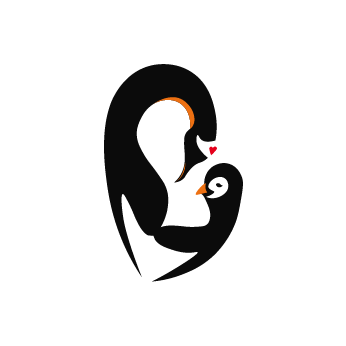Seizures
The human brain is an amazing organ! It is able to grow, learn new things, and store memories. It also keeps the basic functions running smoothly. It is responsible for making the sure the lungs keep breathing, the heart keeps beating, and all our other organs work like they are supposed to. It does this by send electrical signals to different areas of the body. There are times, however, when the brain struggles and does not perform as we need it to.
One example of this is a seizure.
WHAT IS A SEIZURE?
A seizure happens when the brain puts out electric signals that are not necessary and do not send correct signals to the body. These signals can cause many different behaviors. Some examples are staring, not responding, twitching, and shaking. If the person having the seizure is being monitored, you may see a high heart rate or low oxygen saturation levels.
There are several things that may cause a seizure:
• Febrile seizures are caused by a high fever. Febrile seizures are usually seen in children two years of age or younger.
• Head injuries may lead to seizures.
• Certain medications can lead to seizures.
• A very low sodium (salt) level in the blood stream may also cause a person to seize.
• Seizures could also result from certain genetic syndromes.
Because other problems can sometimes look similar to seizures, it is important to see a doctor to have seizures diagnosed. Doctors may use an electroencephalogram (EEG) to look at the brain’s electrical patterns. This test is not painful. It is sometimes ordered as a “spot” test but may also be performed as a 24 hour study. Doctors use EEG results as well as watching a person’s behavior to diagnose seizures.
Many people with seizures are able to live a healthy, active life. Seizures are treated with medications called anti-epileptics (AED’s). As children grow and gain weight, the dosage of AED’s will need to be increased. Some children also see a decrease in seizures from following a ketogenic diet, which means they eat high fat and very low sugar foods. Cannabis oil is another substance that can help. A doctor should always be consulted before trying any of these or other remedies.
The most important consideration for any person with seizures is safety. A person having a seizure may injure themselves, choke on food or liquid in their mouths or have dangerously low oxygen levels. Every seizure has the ability to damage the brain. Many families use “seizure precautions” as follows:
• Oxygen available
• Suction available
• Safe, padded area
• Rescue medicines available
Diastat is a form of diazepam which can be given in the bottom in a seizure emergency. In addition to giving diastat as your doctor has ordered, be sure to follow these steps for a person having a seizure:

If your child has been diagnosed with seizures, there are many resources available to help.
Your child’s doctor will be your most important resource.
Online support groups are made up of other families who may be able to share helpful tips and provide emotional assistance. Some children with seizures also qualify for nursing care in their home. A nurse will be able to provide medical interventions during a seizure, contact 911 as needed, and help share information with the rest of the medical team.
Seizures can be scary and should always be taken seriously. You can improve your child’s day to day life and increase your peace of mind by learning how to manage seizures, being prepared in an emergency, and reaching out when you need help.
Resources
- Agarwal and Fox (2013). Pediatric Seizures. Emergency Medicine Clinics of North America Volume 31 Issue 3 pages 733-754.
- Tolaymat et al (2015). Diagnosis and management of childhood epilepsy. Current Problems in Pediatric and Adolescent Healthcare Volume 45 Issue 1 pages 3-17.
- Children’s Healthcare of Atlanta, Seizure teaching sheets (2016).
This article contains general information only.
For specific questions and advice regarding your child, please contact your child’s doctor.



